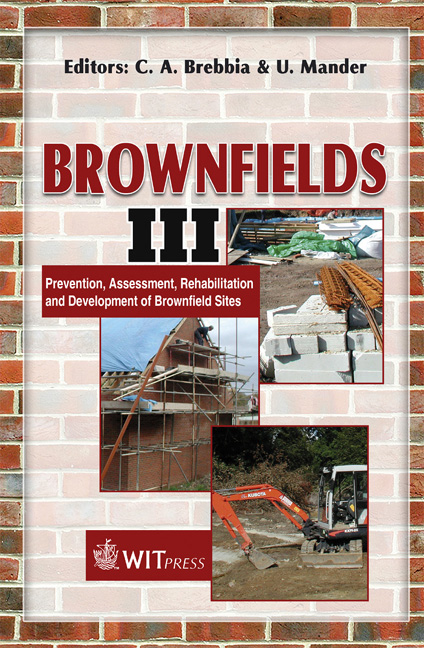Brownfields And Urban Design: Learning From Atlantic Station
Price
Free (open access)
Transaction
Volume
94
Pages
10
Published
2006
Size
724 kb
Paper DOI
10.2495/BF060181
Copyright
WIT Press
Author(s)
R. Dagenhart, N. G. Leigh & J. Skach
Abstract
Only a decade ago, large brownfield sites were valued only for parks and open space in Europe and for replacement industry or jobs in the U.S. Today, these sites are becoming valued real estate development opportunities for high density, commercial and housing mixed use projects, reflecting the changing form of the contemporary city. If these central city developments are to gain approvals from a myriad of local, regional and national stakeholders, they must be designed to become part of the surrounding city and neighbourhoods instead of continuing their former roles as stand-alone sites. Landscape designs for recent brownfield parks offer some clear directions for understanding urban design for brownfield redevelopment. We relate this landscape experience, such as from Westergasfabriek Culture Park in Amsterdam, to the master planning of Atlantic Station, a high-profile mixed use brownfield project in Atlanta, Georgia. We conclude with three urban design lessons for future brownfield work: subdivide first, design streets as public space, and replace buffers with boundaries to bind the parts of project together to create communities. Keywords: urban design, landscape urbanism, brownfield redevelopment, Atlantic Station. 1 The new city For much of the 20th Century, the spatial pattern of American cities was easily understood. Central cores contained downtown commercial districts and dense residential neighbourhoods primarily occupied by the very wealthy and the very poor. Suburbs, containing single-family residences for the middle class, had densities that declined as they extended into the hinterlands. This pattern began changing after WWII, with urban populations decanting to suburban locations
Keywords
urban design, landscape urbanism, brownfield redevelopment, Atlantic Station.




